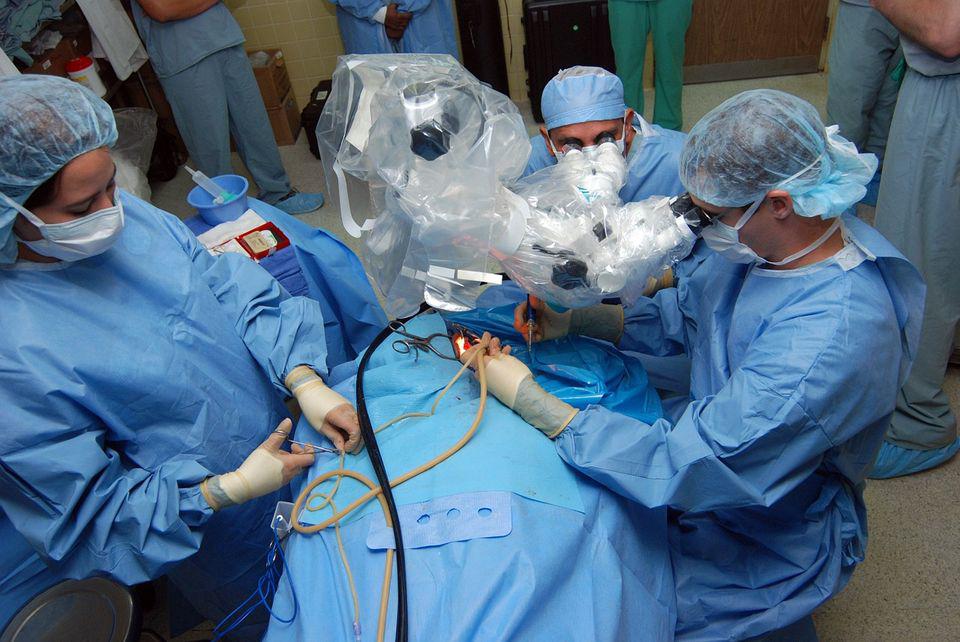Information and data on the use of medical products in Austria as well as in other countries needs improvement. The aim of this project is to get a general overview of the amount of interventional procedures which require high-risk medical devices and to analyse subsequently selected groups.
Medical procedures (MELs) are part of routine care data in Austria. For the analysis MELs, for which a high-risk medical device (class III) is used, were selected. The medical device must be the main part of the procedure and remain more than 30 days in the body. In the first step, an overview of the number of performed MELs of the years 2006/2007 is provided. Afterwards we built 4 MEL groups (bypasses, heart valves, coronary stents, other stents) of frequently used high-risk medical devices for further analysis. The routine care data additionally includes patient information. Therefore in the second step we evaluate the development of the frequency of the selected medical devices over time as well as age and gender-specific differences.
Within this project the use of high risk medical devices is indirectly investigated by defined medical (interventional) procedures in LKF-hospitals. But with routine care data it is not possible to identify the exact type of the implanted product. The amount of implanted bypasses, heart valves and stents demonstrates that a patient registry for high-risk medical devices would not be unimportant. The benefit of a registry depends on its content and its quality. This analysis can help estimating the time to fill such a database until conclusions about quality and safety or other statistical significant statements can be drawn. A well-structured registry could also be helpful for the regulatory process of high risk medical devices and a major tool for decision makers.
